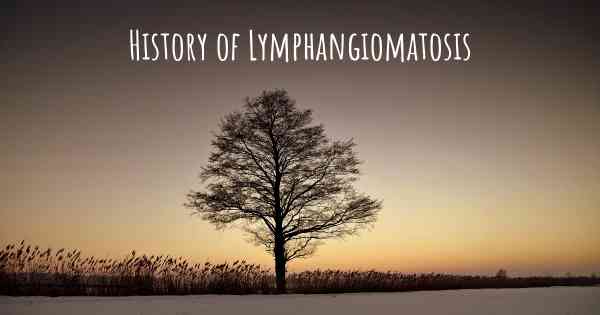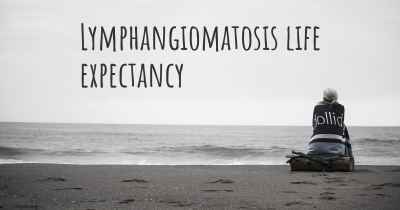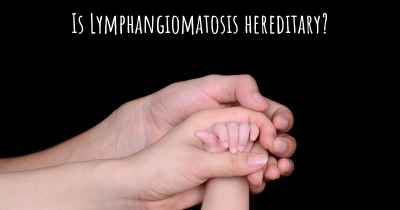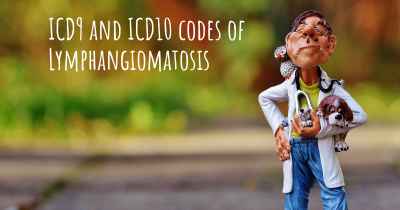What is the history of Lymphangiomatosis?
When was Lymphangiomatosis discovered? What is the story of this discovery? Was it coincidence or not?

Lymphangiomatosis is a rare disorder characterized by the abnormal formation of lymphatic vessels. It is a complex condition that can affect various parts of the body, including the bones, skin, and internal organs. The history of lymphangiomatosis dates back to the early 20th century when it was first recognized and described by medical professionals.
Early Observations:
The first documented case of lymphangiomatosis was reported in 1913 by Dr. Franz von Recklinghausen, a German pathologist. He described a patient with multiple cystic lesions in the bones, which he termed "cystic angiomatosis." However, it wasn't until several decades later that the condition was more comprehensively understood.
Advancements in Understanding:
In the 1970s, Dr. Juan Rosai, an Italian pathologist, made significant contributions to the understanding of lymphangiomatosis. He proposed that the condition was a result of abnormal proliferation of lymphatic vessels, leading to the formation of cystic lesions. Dr. Rosai also suggested that lymphangiomatosis could be a systemic disorder affecting multiple organs.
Recognition as a Distinct Entity:
In 1983, Dr. Juan Carlos Mulliken, an American pediatric plastic surgeon, published a seminal paper on lymphangiomatosis. He coined the term "lymphangiomatosis" to describe the condition and emphasized its distinctiveness from other vascular anomalies. Dr. Mulliken's work helped establish lymphangiomatosis as a recognized entity within the medical community.
Advances in Diagnostic Techniques:
Over the years, advancements in medical imaging techniques have greatly contributed to the diagnosis and understanding of lymphangiomatosis. Magnetic resonance imaging (MRI) and computed tomography (CT) scans have become invaluable tools in visualizing the extent and location of lymphatic lesions. These imaging techniques have enabled physicians to better assess the impact of lymphangiomatosis on various organs.
Genetic Discoveries:
In recent years, genetic studies have shed light on the underlying causes of lymphangiomatosis. Researchers have identified mutations in certain genes, such as PIK3CA and TEK, which play a role in the development of lymphatic vessels. These discoveries have provided valuable insights into the molecular mechanisms involved in lymphangiomatosis and may pave the way for targeted therapies in the future.
Collaborative Efforts:
Due to the rarity of lymphangiomatosis, collaboration among medical professionals and researchers has been crucial in advancing our understanding of the condition. International conferences and research networks have facilitated the sharing of knowledge and experiences, leading to improved diagnosis, treatment, and patient care.
Current Challenges and Future Directions:
Despite significant progress, many challenges remain in the field of lymphangiomatosis. The rarity of the condition makes it difficult to conduct large-scale clinical trials and gather sufficient data. Additionally, the optimal management and treatment strategies for lymphangiomatosis are still being explored.
However, ongoing research and collaboration offer hope for the future. The development of targeted therapies based on genetic discoveries holds promise for more effective treatments. Furthermore, increased awareness and understanding of lymphangiomatosis among healthcare professionals can lead to earlier diagnosis and intervention.
In conclusion, lymphangiomatosis has a rich history of medical observations, advancements in understanding, and collaborative efforts. From its early recognition as a distinct entity to the recent genetic discoveries, the field has made significant strides. While challenges persist, ongoing research and interdisciplinary collaboration provide hope for improved diagnosis, treatment, and ultimately, better outcomes for individuals affected by lymphangiomatosis.








